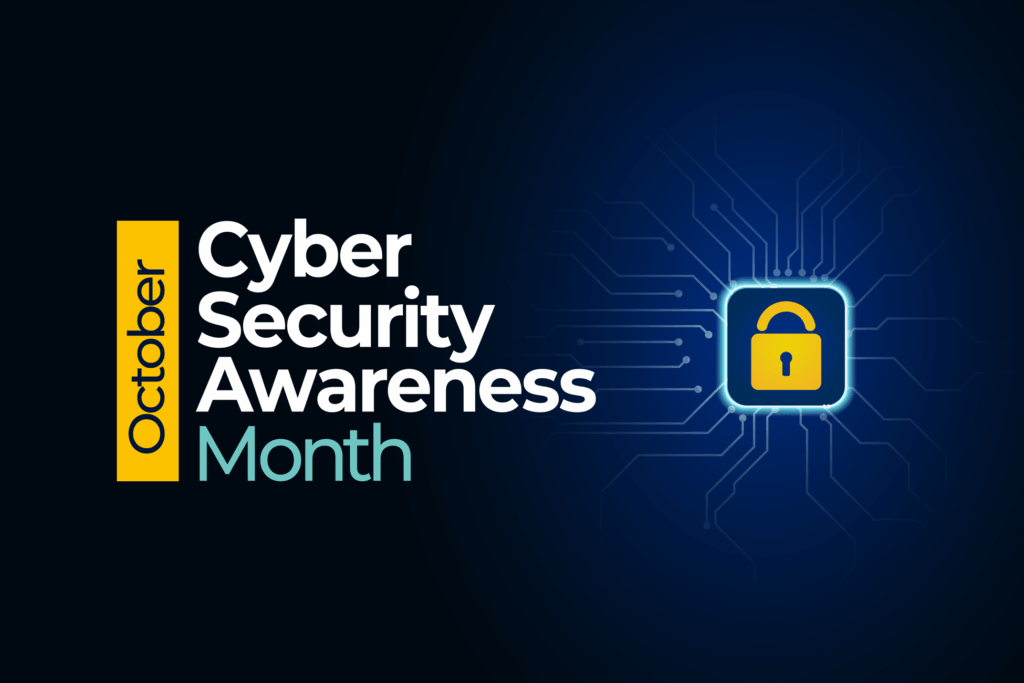Artificial intelligence (AI) has rapidly advanced over the last decade to a point where it can now outperform humans at tasks such as reading comprehension and image recognition.
- Cybersecurity Blog
Common Data Privacy & Cybersecurity Gaps That Impact Cyber Insurance
-
By Zaviant

You may think your organization has a strong cybersecurity and data protection program, but in reality, it may not. If a vulnerability in your cyber defenses has not yet been exposed, it is likely that your organization has just gotten lucky.
A recent survey shows that only 11% of organizations track all the hardware devices on their network. Only 21% of organizations track more than 90% of their software. Nearly 40% report they struggle to enforce configuration settings.
Cyberattacks in 2021 increased exponentially over previous years. If your organization has not fallen victim to a breach yet, that should not be taken as a sign that you have sufficiently robust protections in place. Far too often, as data and surveys show, data privacy and cybersecurity programs are allowed to take second fiddle to other priorities. This results in pathways left wide open for adversaries.
Even small cybersecurity gaps can have big costs – especially when it comes to cyber insurance.
Three Common Indicators of an Immature Cybersecurity & Data Privacy Program
Getting and maintaining cyber insurance is an important part of protecting an organization from the fallout of a cyber attack. However, the first, and necessary step is in identifying and mitigating any data privacy and cybersecurity security gaps that exist. These not only leave you vulnerable but also are an invitation to a costly insurance premium. An organization’s entire security posture depends on the robustness of its cybersecurity and data privacy frameworks.
Despite many organizations taking steps toward stronger network security and compliance with data privacy regulations, three common issues persist that keep programs for both from being considered mature:
- Programs are limited — if they exist at all
- Not understanding what constitutes program maturity
- A lack of qualified, committed resources
1. Programs Are Limited – If They Exist At All
Many organizations have simply not prioritized their cybersecurity and data privacy programs to reflect reality despite ample publicized evidence of increased risks. They do the bare minimum necessary to meet security and compliance standards.
For example:
- Unused or underutilized security software and licenses – Unused and underutilized software and licenses are dangerous, especially when they are part of your security tech stack. When organizations fail to maintain and manage legacy and outdated security software, it opens the door to threat actors.
- Siloed or out-of-date security tools and technologies – When data is dispersed to the various branches, locations, and end-points of an enterprise, it often slips past the data security protocols and programs meant to protect and manage the data in a consistent and uniform way.
- Few measures are in place to determine if tools are working – Even if there is a robust data security solution in place, organizations fail to regularly test and assess the solution for effectiveness and gaps in the defense.
- Compliance programs receive little attention – Cybersecurity and data privacy compliance regulations change frequently. Without regularly checking in on the latest compliance standards, an organization can quietly, and without notice, find itself out of sync with what is required.
2. There is a Lack of Understanding About What Constitutes Program Maturity
A mature cybersecurity posture will identify and detect cybersecurity incidents, provide a framework for responding and recovering from attacks, and probe for ongoing and emerging threats.
A mature cybersecurity model will account for people, processes, and technology by optimizing:
- Policies and procedures – A cybersecurity policy should provide the details of each person’s responsibility for protecting the organization’s data. This may include outlining security procedures such as encrypting emails, properly maintaining passwords, and defending against unauthorized physical and virtual access. Each employee should know their responsibilities. Changes in policy and procedures should be communicated regularly and adhered to uniformly.
- Regular monitoring and measuring of risk – The cybersecurity landscape is constantly evolving. A mature cybersecurity program will include monitoring the ever-changing threat vista and determining where vulnerabilities lie. Tools like security audits, penetration tests and tabletop exercises can help assess your vulnerability. You will also want to stay on top of new regulations and emerging security tools.
- Integration with enterprise systems and third-party solutions – It is also important to recognize the risks that all third-party systems and vendor connections may bring to the organization’s security and defensive posture. A mature cybersecurity program will include regular security audits on all third-party vendors and consideration of requirements for security training and certifications, service-level agreements, and escalation procedures in third-party contracts.
3. There is a Lack of Qualified, Committed Resources
Unfortunately, many organizations put themselves at risk because they do not dedicate adequate resources to protecting themselves. The demand for security talent and a shortage of qualified experts has caused many organizations to be understaffed or lacking in necessary skills.
A recent industry study revealed that 61% of organizations surveyed reported their cybersecurity teams are understaffed. More than half said they had open positions on their IT security team. Half of the respondents reported that the applicants they get for cybersecurity jobs are not well qualified, and more than two-thirds said their HR team failed to understand their organization’s cybersecurity hiring needs.
Out-of-date or ineffective defense mechanisms also make it easy for significant gaps to go unnoticed or unaddressed; this is particularly true in an understaffed environment.
Cybercriminals can penetrate defenses and do significant damage when current security controls fail to provide visibility and real-time threat detection. The 2021 Data Breach Investigations Report shows that 20% of breaches occur months before being uncovered.
Once a breach is identified, many organizations also lack a formal incident response plan to mitigate threats and recover.
Learn About Other Elements of a Relationship With a Cyber Insurance Provider
Download our free e-book, “A Compendium for Obtaining & Retaining Cyber Insurance.”
Program Immaturity & Cybersecurity Insurance Coverage
When applying for cyber insurance coverage or when seeking relief from a policy after an incident, a primary concern of an insurance examiner is the level of maturity in an organization’s cybersecurity and data privacy efforts.
Weak or near non-existent frameworks almost always result in:
- Disqualification for coverage
- Denial, or partial denial of a claim
- Loss of existing coverage
- Higher premiums
To head off any issues with cyber insurance, one of the smartest things an organization can do is enlist the services of a third-party cybersecurity and data privacy consultant. As experts in keeping networks and data safe, a cybersecurity and data privacy partner helps not only identify and close gaps but also make sure they stay that way.
Closing Gaps for Improved Coverage and Protection
Knowing your data privacy and cybersecurity maturity levels is critical to getting and keeping cybersecurity insurance.
A cybersecurity partner helps you develop a reliable, robust cybersecurity framework to protect your assets and plan for emerging threats.
Don’t Get Caught With Cyber Security Gaps
Contact Zaviant today to learn more about mitigating your cybersecurity gaps to help you get and maintain your cybersecurity insurance.
Share This Post
- Get The Latest In News & Insights
Explore solutions
Data Privacy, Security & Risk
Build or improve upon your data privacy policies and controls.
Platform Expertise
We tailors strategies to your unique risks and compliance needs, ensuring robust protection against cyber threats.
Regulatory Compliance & Frameworks
Zaviant's experts anticipate and mitigate cyber risks, safeguarding your data from diverse threats.








